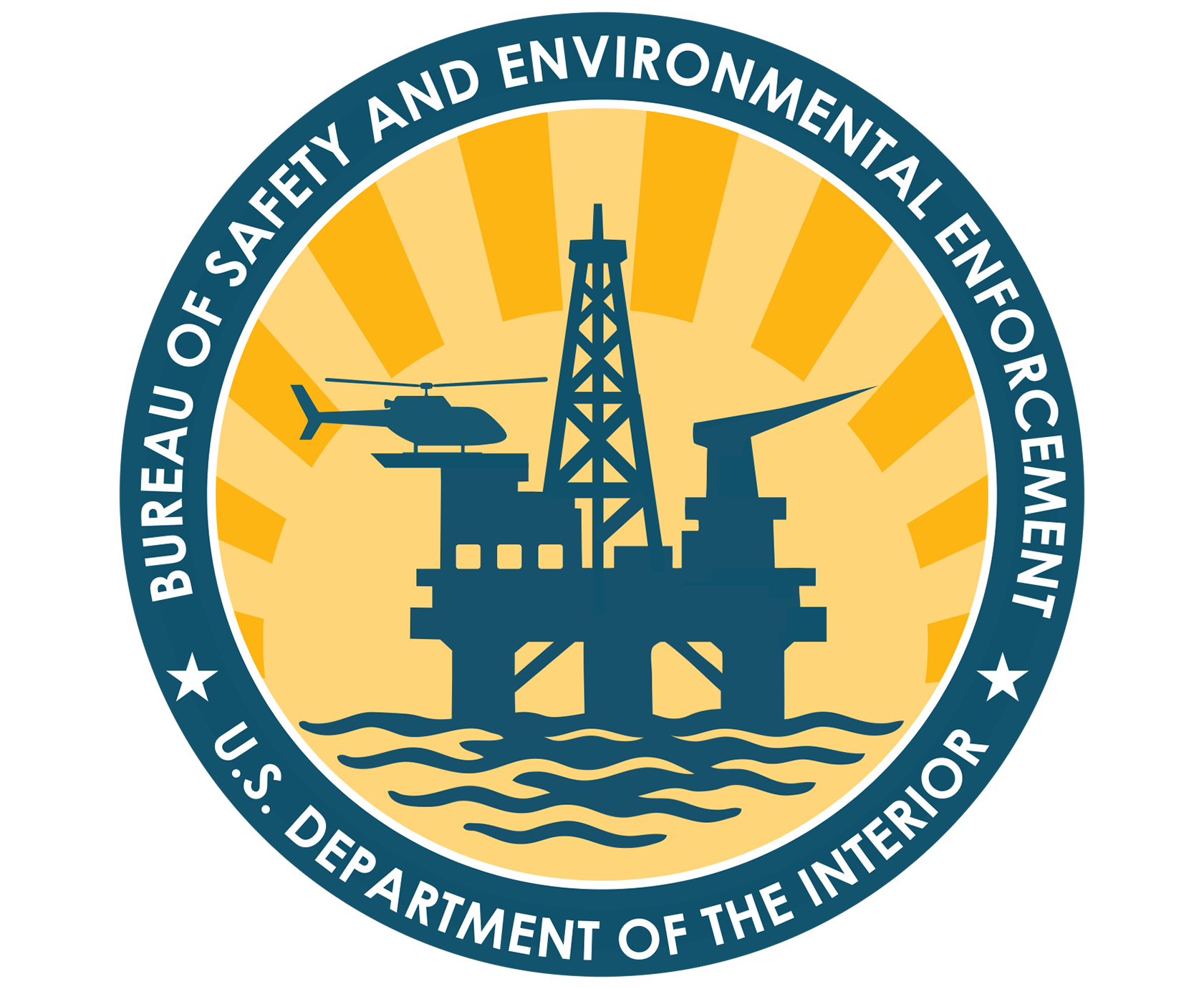You are viewing ARCHIVED content published online before Jan. 20, 2025. Please note that this content is NOT UPDATED,
and links may not work. Additionally, any previously issued diversity, equity, inclusion or gender-related guidance on
this webpage should be considered rescinded. For current information, visit
News Items | Bureau of Safety and Environmental Enforcement.
WASHINGTON —As part of the Obama administration’s ongoing efforts to strengthen the oil and gas industry’s ability to respond in the event of a deepwater blowout and ensure that offshore oil and gas production can continue to expand safely and responsibly, Bureau of Safety and Environmental Enforcement (BSEE) Director Jim Watson today launched an unannounced exercise to deploy critical pieces of state-of-the-art well control equipment to the ultra-deep seabed of the Gulf of Mexico.
The exercise employs Helix Well Containment Group’s capping stack system, equipment that is used to stop the flow of oil and gas in the event that a blowout preventer is ineffective, with Noble Energy serving as the designated operator.
Following the Deepwater Horizon explosion and oil spill, the Interior Department undertook the most aggressive overhaul of oil and gas safety regulations in U.S. history. Included in these reforms is the requirement that prior to receiving approval of a deepwater drilling permit, an operator must demonstrate that it has enforceable obligations that ensure that it has immediate access to surface and subsea containment resources that would be adequate to promptly respond to a blowout or other loss of well control, several components of which are being tested in the exercise initiated today.
'We fully expect operators to have the plans, equipment and capabilities in place to respond to a subsea blowout in deepwater at a moment’s notice,' Director Watson said. 'These types of exercises give us an opportunity to see how the equipment is deployed in real-world conditions and to learn lessons that can be shared across the industry to protect the environment and improve the safety of offshore operations.'
During this exercise, Helix’s capping stack will be mobilized and deployed to the sea floor in 5047 feet of water, latched to a test wellhead and pressurized. The exercise is also designed to test Noble Energy’s ability to obtain and schedule the deployment of the supporting systems necessary for successful containment. The Helix capping stack is similar to the technology used to stop the flow of oil from the Deepwater Horizon well.
BSEE inspectors, engineers and spill response experts will be embedded in various locations throughout the exercise, including in the command center and on the vessel deploying the capping stack, to oversee the mobilization, deployment and associated tests of the system. BSEE experts will oversee the capping stack being lowered to the seafloor by wire, a technique that offers the potential to be significantly faster than the deployment via pipe that occurred during the Deepwater Horizon response.
Helix is one of two consortia that provide contract access to well containment equipment to oil and gas operators in the Gulf of Mexico. This equipment is required by BSEE for drilling with subsea blowout preventers in deepwater, among other situations. The other consortium, the Marine Well Containment Company, successfully completed a similar deployment exercise in July 2012.
Over the course of the exercise, BSEE will provide public updates at: http://www.bsee.gov.
--BSEE--
